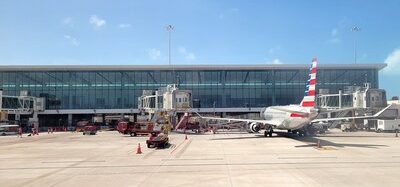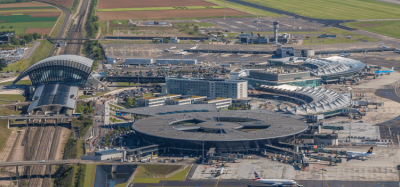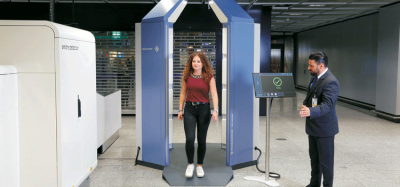Beijing Daxing International Airport officially opens
Posted: 27 September 2019 | Rachael Harper (International Airport Review) | No comments yet
Costing around $17.47 billion, Beijing Daxing International ‘Starfish’ Airport, has officially opened.
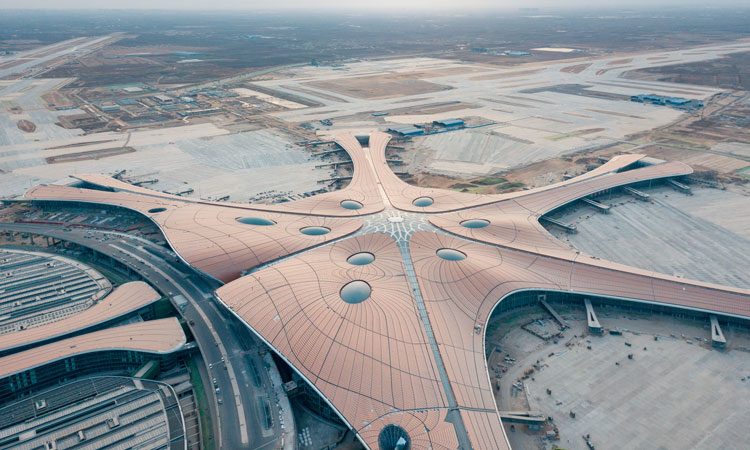

Beijing Daxing International Airport has officially opened in the Daxing district. It is the biggest airport in the world and the second international airport in Beijing along with Beijing Capital International Airport.
Developed to alleviate congestion at the capital’s existing airport, Beijing Daxing will be a major transport hub for the region with the world’s fastest-growing demand for international travel and is fully integrated within the country’s expanding transport network.
Beijing Daxing has been estimated to handle up to 45 million passengers per year by 2021 and 100 million eventually. Its design is pioneering and its location in Daxing district (the southern suburbs of Beijing) is ideal in order to serve the Chinese capital and the neighbouring areas of Hebei and Tianjin.
Join us live: Shaping the Next Generation of Hold Baggage and Air Cargo Screening
Join us live for an insightful webinar on 11th December at 14:00 GMT, in collaboration with Smiths Detection, as we explore the strategic balance of operational efficiency, regulatory compliance, and sustainability in high-volume security environments.
This session offers a focused look into future-proofing your security strategy.
Key learning points
- Cost Reduction: Strategies to minimize bag travel time while simultaneously reducing operational costs.
- Regulatory Roadmap: Insights into the next wave of regulatory changes and their impact on future investment decisions.
- Sustainable Systems: Practical approaches to building sustainability into security systems and lowering the total cost of ownership (TCO).
- Scalable Solutions: Real-world examples of scalable systems supporting current airport growth and preparing for tomorrow.
Register now for expert insights, case studies, and actionable strategies on operational efficiency!
Recently assigned the airport code ‘PKX’ by IATA, Beijing Daxing sets a new standard in air transport services, serving the region’s growing population within a compact and efficient passenger terminal that is adaptable for future growth.
Daxing airport, which has a unique shape that has given it the nickname ‘Starfish’, has four runways (with the prospect of becoming seven in the future) and 79 airport stands. The airport stands are suitable both for one twin-aisle plane and two single-aisle ones. It has a terminal building covering a 700,000m² area while the ground transportation centre extends to 80.000m².
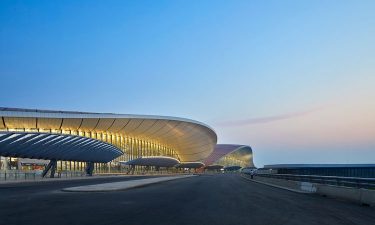

Beijing Daxing International Airport has officially opened and has been designed to alleviate congestion from Beijing Capital International airport (credit: Hufton+Crow).
The construction of the airport, which is expected to become eventually the busiest airport in the world, cost the Chinese government around $17.47 billion.
The compact radial design of the terminal allows a maximum number of aircraft to be parked directly at the terminal with minimum distances from the centre of the building, in order to provide convenience for passengers and flexibility in operations.
The airport’s masterplan, which was assigned to Netherlands Airport Consultants (NACO), was developed with respect to environmental protection and on the basis of simplifying passenger procedures
A major focus for NACO was the ground transportation system of the airport. High-speed and intercity trains, metro and public buses will connect the new airport to Beijing city and other major areas.
Join our free webinar: Revolutionising India’s travel experience through the Digi Yatra biometric programme.
Air travel is booming, and airports worldwide need to move passengers faster and more efficiently. Join the Digi Yatra Foundation and IDEMIA to discover how this groundbreaking initiative has already enabled over 60 million seamless domestic journeys using biometric identity management.
Date: 16 Dec | Time: 09:00 GMT
rEGISTER NOW TO SECURE YOUR SPOT
Can’t attend live? No worries – register to receive the recording post-event.
Related topics
Airport construction and design, Airport development, Economy, Sustainable development





